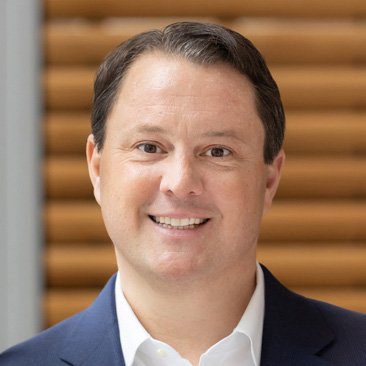Hamilton Lane
Hamilton Lane (Nasdaq: HLNE) is one of the largest private markets investment firms globally, providing innovative solutions to institutional and private wealth investors around the world. Dedicated exclusively to private markets investing for more than 30 years, the firm currently employs approximately 770 professionals operating in offices throughout North America, Europe, Asia Pacific and the Middle East. Hamilton Lane has $1.0 trillion in assets under management and supervision, composed of $145.4 billion in discretionary assets and $859.8 billion in non-discretionary assets, as of September 30, 2025. Hamilton Lane specializes in building flexible investment programs that provide clients access to the full spectrum of private markets strategies, sectors and geographies. For more information, please visit www.hamiltonlane.com
John Brecker
Managing Director, Client Solutions
484 531 6659
jbrecker@hamiltonlane.com
Seven Tower Bridge
110 Washington Street
Suite 1300
Conshohocken, PA 19428
USA
+1 610 934 2222





